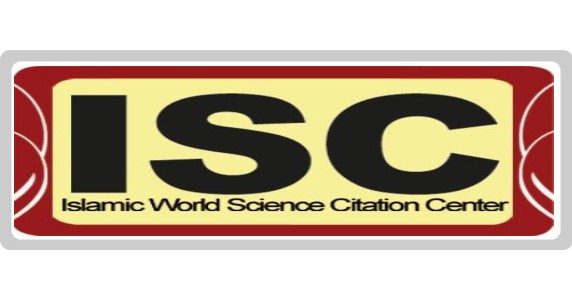Construction and Standardization of Synergistic Leadership Questionnaire in Managers of Technical and Vocational Schools
Keywords:
Construction, standardization, synergistic leadership, managers of technical and vocational schoolsAbstract
Purpose: Synergistic leadership style plays an important role in the implementation of quality standards in schools. The aim of the current research was to construct and standardize the complementary leadership questionnaire in the managers of technical and professional conservatories. Methodology: The quantitative research method was correlation studies. The research community was the teachers of technical and vocational schools in Tehran province in the academic year of 2020-2021. A sample size of 364 teachers was selected by stratified random sampling based on gender and social classes and based on Cochran's formula. In order to collect data, the 20-item complementary leadership tool created by the researcher and Jansen's (2006) Organizational Ambivalence Tool were used. In order to check the factorial structure and construct validity of the questionnaire, the techniques of content validity ratio, exploratory and confirmatory factor analysis, and convergent and divergent validity were used, and to check the reliability of the questionnaire, Cronbach's alpha method and composite reliability were used by SPSS25 and LISREL10.30 software. Findings: Based on the findings, 4 factors and 20 items were designed and built to measure the complementary leadership of educational managers of technical and professional conservatories. The content validity of the tool (0.7585) was confirmed based on the opinion of experts. In the exploratory factor analysis, four factors of organizational structure, extra-organizational factors, leadership behavior and attitudes, beliefs and values with a special value higher than one were observed, which were able to explain 71% of the variance of complementary leadership. The results of the confirmatory factor analysis showed that the fit indices of the questionnaire are suitable and desirable and the questionnaire has a good validity. Also, based on the optimal explained variance percentage of 63% in the second-order confirmatory factor analysis, the power of the questionnaire in explaining the variance of complementary leadership was confirmed. Convergent validity (0.6304) and divergent validity (0.794), Cronbach's alpha (0.936) and composite reliability (0.95) of the questionnaire also indicated the appropriate validity and reliability of the complementary leadership tool. Conclusion: Researchers can use the questionnaire designed to measure synergistic leadership and improve leadership skills in the educational managers of technical and vocational schools as a standard tool.










